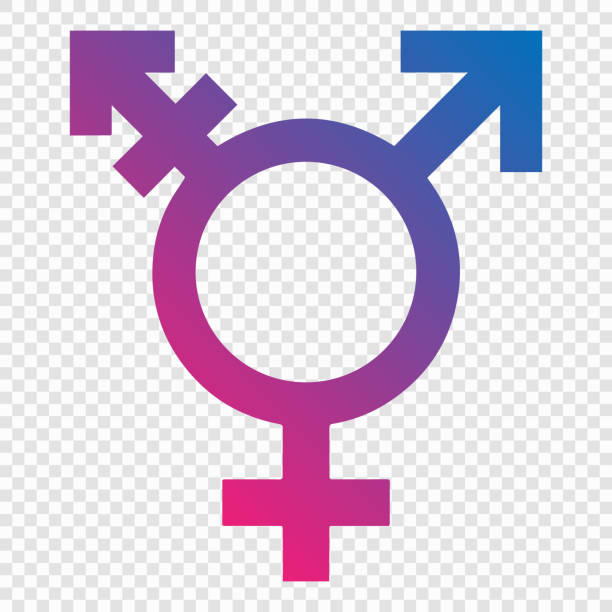When we think about hormones and reproductive health, the focus often falls on the ovaries. But wait—let’s not forget about the uterus! Often seen as merely a vessel for pregnancy, the uterus has a more dynamic role in the hormonal symphony of the female body than many might realize. So, does the uterus produce hormones? While it doesn’t produce hormones in the same way that the ovaries do, it certainly plays a significant part in hormonal interactions. Let’s dive into the fascinating world of uterine functions and the hormones that dance around it!
What’s the Uterus Really Up To Hormone-Wise?
The uterus, often called the womb, is a muscular organ located in the pelvis. It serves as the site for implantation of a fertilized egg and the development of a fetus during pregnancy. However, it also responds to hormonal signals from other parts of the body, particularly the ovaries. These signals orchestrate the uterine lining’s thickening and shedding, which are crucial processes for reproduction and menstruation.Does Estrogen Make Your Voice HigherOral Estrogen Side Effects
While the uterus itself does not produce hormones like estrogen or progesterone, it is highly responsive to these hormones. The endometrium, the inner lining of the uterus, undergoes changes based on the hormonal signals received. This means that while the uterus isn’t a hormone factory, it plays a critical role in how hormones function within the reproductive cycle.
A Quick Overview of Uterine Functions and Hormones
The primary function of the uterus is to provide an environment for a fertilized egg to implant and grow. This involves a complex interplay of hormones that trigger different phases of the menstrual cycle. Each month, the uterus prepares for a potential pregnancy by thickening its lining, thanks to estrogen’s influence. If pregnancy doesn’t occur, progesterone levels drop, leading to the shedding of the uterine lining—also known as menstruation.
In addition to its reproductive roles, the uterus also helps in various physiological processes by responding to hormonal triggers. It can contract during menstruation, childbirth, and even during sexual arousal, demonstrating its active role in female reproductive health.
Why the Uterus is More Than Just a Baby House
The uterus isn’t just a passive structure waiting for a sperm and egg to meet; it’s an active player in the hormonal game. For one, it serves as a site for the production of prostaglandins, which are hormone-like substances that help regulate various bodily functions, including the menstrual cycle and labor. These substances can influence pain and inflammation, playing a role in the experience of menstrual cramps and other related symptoms.
Moreover, research has shown that the uterus communicates with the brain through various signaling pathways. This means that it can influence mood, stress levels, and even libido, making it integral to holistic health. So, while it might seem like a simple reproductive organ, the uterus is deeply intertwined with the overall hormonal and emotional balance of a woman’s body.
The Hormones You’ve Heard About: Estrogen and Progesterone
Estrogen and progesterone are the stars of the hormonal show when it comes to the uterus. Estrogen is primarily responsible for building up the uterine lining in preparation for possible implantation. This hormone peaks in the first half of the menstrual cycle and plays a significant role in regulating other hormones, as well as influencing mood and energy levels.
Progesterone, on the other hand, comes into play after ovulation. Produced by the corpus luteum in the ovaries, this hormone is critical for maintaining the uterine lining and preparing it for a fertilized egg. If pregnancy does not occur, progesterone levels drop, leading to the breakdown of the uterine lining and the onset of menstruation. Together, these hormones ensure that the uterus is ready for potential pregnancy each month.
How Do These Hormones Affect the Uterus? Let’s Dive In!
The way estrogen and progesterone interact with the uterus is nothing short of fascinating. When estrogen levels rise, the uterine lining thickens, becoming rich in blood vessels and nutrients—essentially creating a cozy environment for a fertilized egg. This process is part of the follicular phase of the menstrual cycle, where the body gets ready for a potential pregnancy.
Once ovulation occurs, progesterone takes the stage. It works to maintain the thickened lining and prevent contractions in the uterus, ensuring that a fertilized egg has the best chance of implanting. If pregnancy does occur, progesterone continues to support the uterine environment. If not, the decline in progesterone leads to the shedding of the lining—hence, menstruation. This beautifully timed hormonal dance is vital for reproductive health.
What Role Does the Uterus Play in the Menstrual Cycle?
The uterus is central to the menstrual cycle, which is divided into several phases: the follicular phase, ovulation, the luteal phase, and menstruation. Throughout this cycle, the uterus undergoes significant changes in response to fluctuating hormone levels. During the follicular phase, rising estrogen levels lead to the thickening of the endometrium, preparing it for a possible pregnancy.
After ovulation, the luteal phase kicks in, and progesterone levels rise to stabilize the uterine lining. If an egg isn’t fertilized, the levels of both hormones drop, triggering the menstrual phase, where the uterine lining is shed. This cyclical process is a remarkable example of how the uterus responds to hormonal changes, reflecting its dynamic role in female reproductive health.
Can the Uterus Be a Hormonal Powerhouse?
While the uterus may not produce hormones in the traditional sense, it certainly has the potential to influence hormonal activity in the body. The endometrium itself can produce certain signaling molecules, such as prostaglandins and cytokines, which can impact local and systemic hormone levels. This means that the uterus can contribute to the hormonal environment, especially during pregnancy.
Moreover, the health of the uterus directly influences reproductive hormones. Conditions like endometriosis or uterine fibroids can disrupt normal hormonal balance, leading to irregular menstrual cycles or fertility challenges. So, while the uterus may not be the primary hormone producer, it’s definitely a crucial player in maintaining hormonal harmony in the body.
In summary, the uterus may not be a hormone-producing organ like the ovaries, but it plays a pivotal role in the hormonal landscape of the female body. Its ability to respond to hormones like estrogen and progesterone, coupled with its own production of signaling molecules, makes it an essential component of reproductive health. From regulating the menstrual cycle to influencing emotional well-being, the uterus is far more than just a baby house; it’s a dynamic organ that contributes significantly to our overall hormonal balance. So, the next time you think about hormones, remember the incredible role the uterus plays in this intricate dance!


